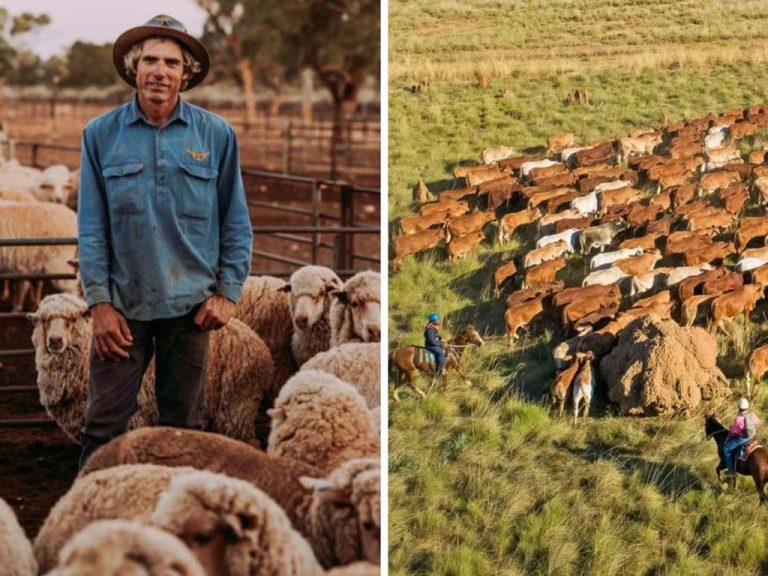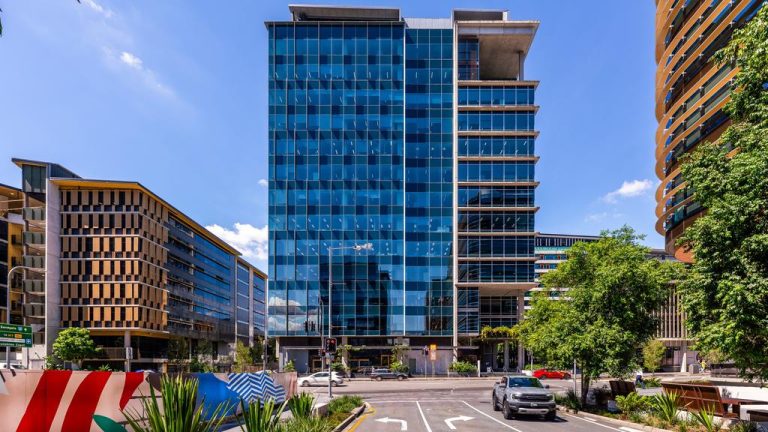SMSF: another way of saving for retirement

It’s an acronym that has become a bit of a buzz word in the property industry. But what exactly is an SMSF?
It’s a self managed superannuation fund or, as the Australian Tax Office puts it, another way of saving for your retirement.
All Australian employees must have a superannuation fund, into which their employer deposits contributions that are effectively compulsory retirement savings.
SMSF – what sets it apart?
But there is a key difference between an SMSF and other types of super funds: the members of the SMSF are also its trustees. Essentially, they are running the fund to save for their own retirement – hence the self-managed part of the name.
The ATO oversees SMSFs and ensures they comply with all relevant legislation.
According to the ATO, it’s a good idea to get an SMSF expert to help set up your fund. They can help with things like the trust deed, investment strategy, annual reporting requirements and that the fund meets statutory requirements.
When you set up your fund, you need to appoint trustees, who will then manage the fund and invest its assets.
smsfsurvivalcentre.com.au founder Max Newnham says setting up an SMSF should cost less than $1000 if you don’t have a corporate trustee and approximately $1500 with a corporate trustee.
He says there on-going annual costs, including a fee to the ATO, administration fees, accountant fees and an auditing fee, and these range from a total of $1500 to more than $3000 depending on the size and complexity of the fund.
“In the end it is up to the trustees to be comfortable with who they use,” Newnham says.
“For some people the no-frills and no-advice service of the cheap providers suits them. Others who want to have their hand held, lots of advice and a high level of service are happy to pay the higher fees.”
As with other super funds, SMSFs receive contributions from its members.
SMSF investment strategy
They also make investments but this must be done in accordance with the fund’s investment strategy, with the agreement of the trustees and subject to restrictions laid out in Australia’s superannuation laws.
All SMSF investments must be made and maintained on a strictly commercial basis. This means the purchase and sale prices of any assets must reflect their true market value – so no special deals among family members.
But SMSFs can accept so called in specie contributions, which are assets not cash and might include listed shares.
Some SMSFs invest in property and it can be possible to buy your business premises through your SMSF.
So your SMSF is performing well and is worth a tidy sum. Can you get to it? The short answer is not usually: it is a retirement plan and you can’t access it until you reach preservation age.
The money in an SMSF is usually paid out as a lump sum or an income stream at retirement age.







